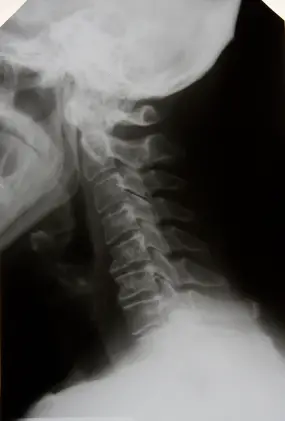Larazotide Acetate (AT-100) For Celiac Disease: Research Continues

Everyone with celiac disease is still hoping for a medication that can provide an alternative to the gluten-free diet as treatment. Even a drug that reduces symptoms from the accidental ingestion of gluten would be of great help. Finding such a medication has been difficult.
As researchers look for new ways to treat CD, they have also needed to find good tests to evaluate medications with potential. Discovering which tests to use has also proved difficult.
In people with celiac disease who eat gluten, parts of the gluten molecules get through the small intestine leading to reactions that cause the symptoms of CD. Gluten is able to enter what is called the lamina propia of the small intestine. This is a barrier that is usually closed tightly, but is “leaky” in patients with CD. Some symptoms of celiac disease occur because of what gets absorbed that shouldn’t be absorbed. Others occur because things that should be absorbed are not, and pass through the gastrointestinal tract and out in the stool.
A substance which has been studied for a number of years called larazotide acetate (also known as AT-1001) is believed to be able to help keep the barrier closed. If it can do this in patients with celiac disease, gluten should not be able to get in, and therefore it will not cause the reactions that lead to many of the subsequent symptoms as well as intestinal damage.
There are a variety of tests used by researchers to determine whether or not certain substances or nutrients are being absorbed in people with CD. One of these, called the urinary LAMA (lactulose-to-mannitol ratio), looks at whether or not a person’s intestinal tract is absorbing lactulose. Lactulose is a two-sugar molecule, whereas mannitol is a one-sugar molecule. Normally, more mannitol should be absorbed than lactulose. In people with active celiac disease, more lactulose than mannitol is absorbed. The more absorbed, the more leaves the body in the urine, and the ratio of lactulose to mannitol in the urine goes up. The urinary LAMA has been used to evaluate how active celiac disease is in patients under study, and has been effective when used in studies looking at hospitalized patients.
Larazotide acetate has worked to seal the leaky barrier in laboratory testing. During a study of the drug in a hospital setting, patients who received a placebo and then a gluten challenge had a 70% increase in urinary LAMA levels as compared with those who received larazotide. Those getting the active drug also had significantly less symptoms.
This initial study was used to test various doses of larazotide acetate as well as evaluate whether or not urinary LAMA levels could be used to determine efficacy of the treatment. It was called a “proof of concept study.” All the subjects got 12 mg doses of larazotide acetate, called AT-1001 at the time, in order to evaluate its “safety, tolerance, pharmacokinetic and pharmacodynamic effects.”
This study was successful in establishing that the drug seemed to be effective and safe, and that urinary LAMA levels correlated with symptoms of celiac disease in an inpatient setting. Results were published in 2007.
Putting all of this information together, an outpatient study was undertaken to try and determine the most effective dose of the medication, how well it worked, and how well it was tolerated. This randomized, double-blind trial was designed to provide proof that larazotide acetate might just be a medical treatment that could help patients with celiac disease. While the results of the study were reported at a conference in 2008, they were not actually published until very recently, in July of 2012.
While the drug seems to still hold promise, urinary LAMA levels proved not to be useful indicators, and more studies need to be undertaken. Nevertheless, the results of the study and the conclusions reached by the researchers further illuminate ways to evaluate and treat celiac disease.
[hr]
References:
Paterson BM , Lammers KM , Arrieta MC et al. The safety, tolerance, pharmacokinetic and pharmacodynamic effects of single doses of AT-1001 in coeliac disease subjects: a proof of concept study . Aliment Pharmacol Ther 2007; 26:757-66.Leffler D.A., Kelly C. P., Abdallah H. Z., et al. A Randomized, Double-Blind Study of Larazotide Acetate to Prevent the Activation of Celiac Disease During Gluten Challenge. Am J Gastroenterol advance online publication, 24 July 2012.






